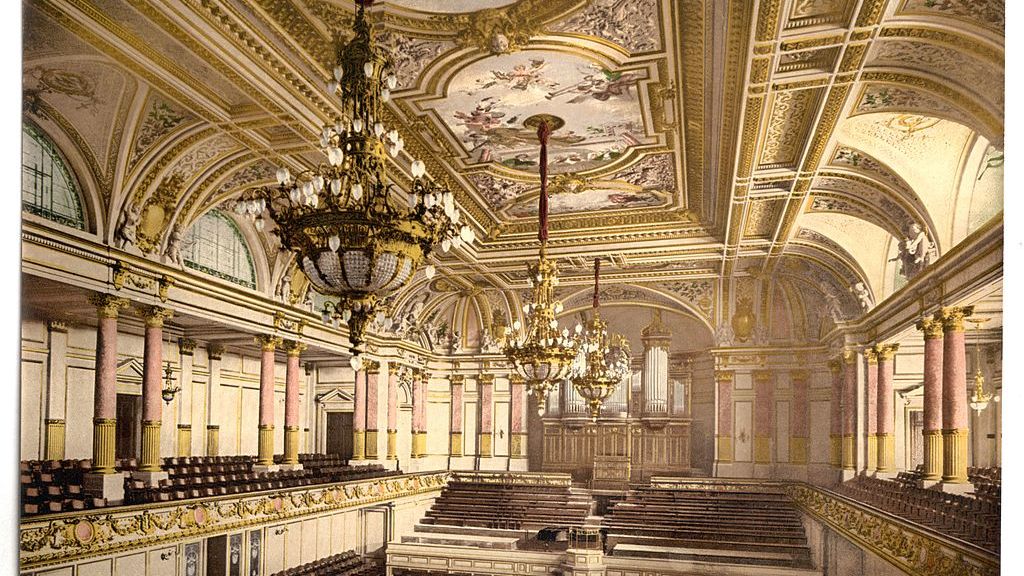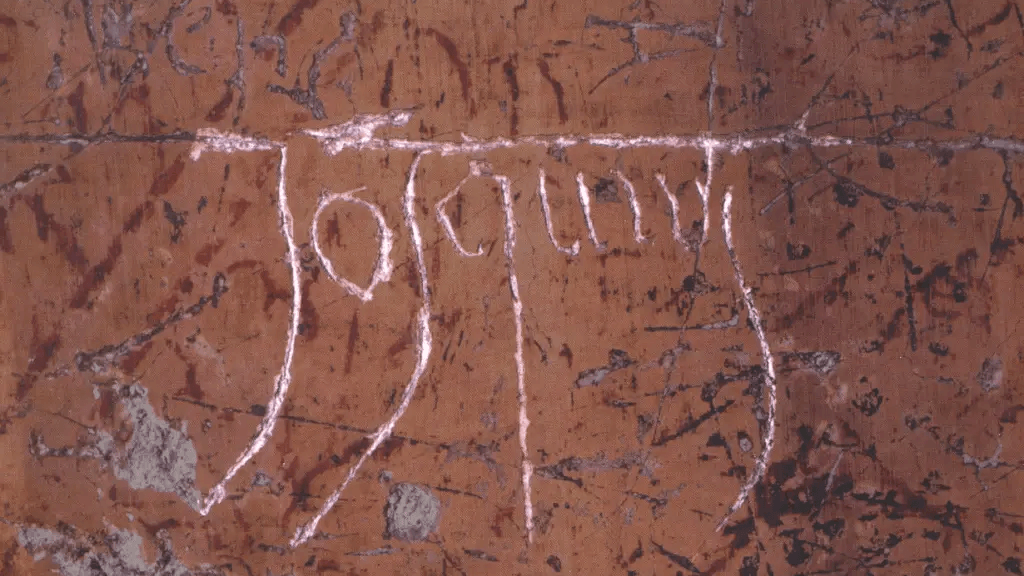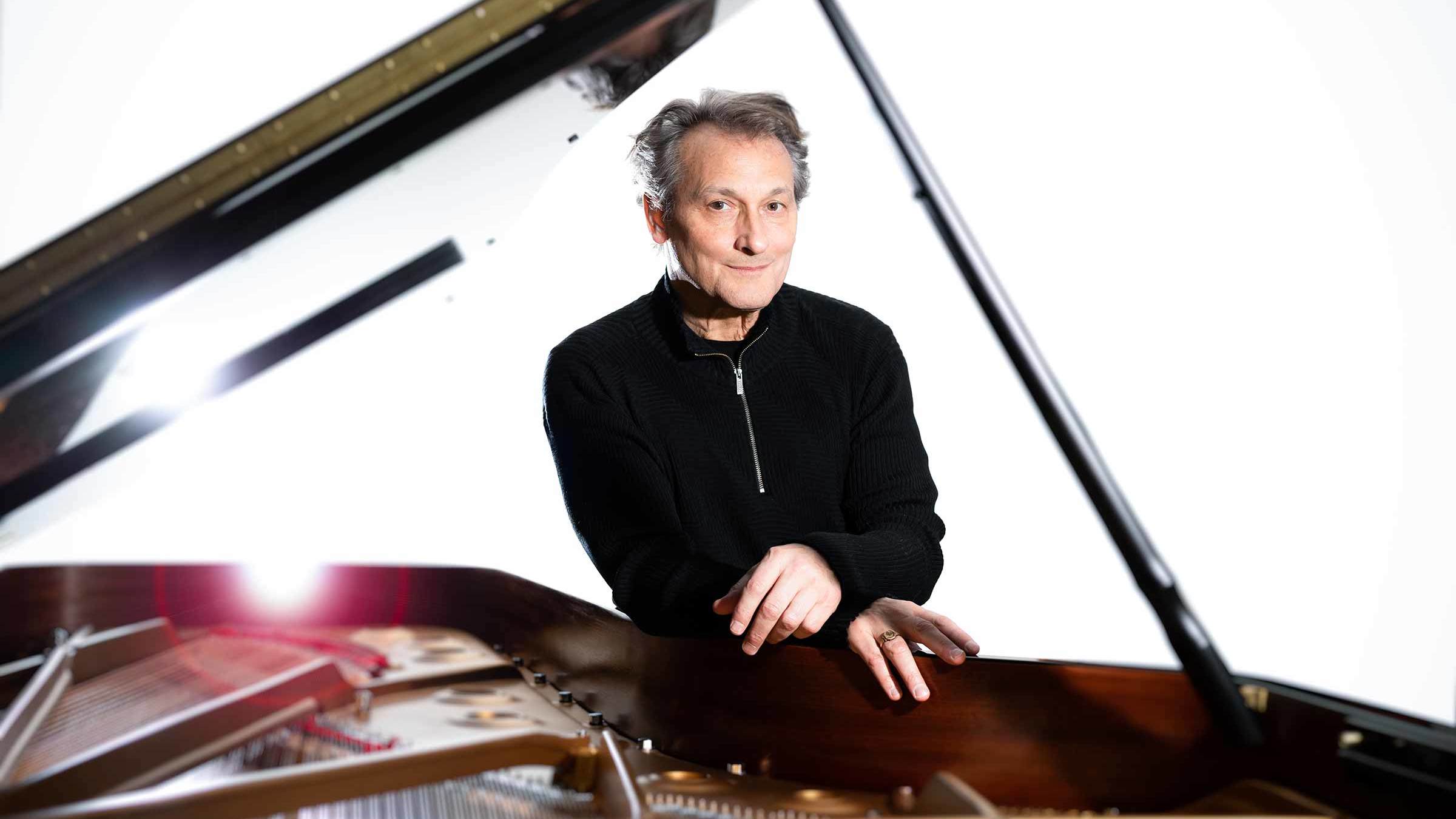Mendelssohn’s “The Hebrides” Overture (“Fingal’s Cave”): Painting in Tones
In the spring of 1829, Felix Mendelssohn embarked on a Grand Tour of Europe. This was a customary educational practice for young men born into affluent families in Europe in the eighteenth and nineteenth centuries. At the time, Mendelssohn was already a prodigious rising star, having composed works including the Octet, Op. 20 and the famous concert overture inspired by Shakespeare’s A Midsummer Night’s Dream. Additionally, in March of 1829, Mendelssohn arranged and conducted …







